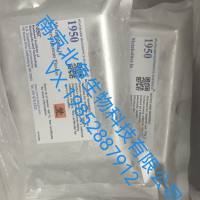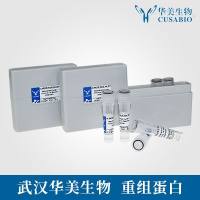Preparation of Thin Frozen Sections from Nonfixed and Undecalcified Hard Tissues Using Kawamots Film Method
互联网
354
A method for preparing hard tissue sections by using an adhesive film is described. The method produces very thin (to one-micrometer thick) frozen sections from adult mouse and rat bone. The bone tissue is freeze-embedded with water-soluble medium and then cut with a disposable tungsten carbide blade after mounting the adhesive film onto the cut surface. The sections are stained on the adhesive film and preserved between the adhesive film and glass slide. All the steps including the embedding, cutting, staining, and mounting are completed within only 20 min. The soft and hard tissues are preserved satisfactorily and the bone marrow is also preserved perfectly. Cells such as osteoblasts, fibroblasts, and osteoclasts are clearly identified, and the osteoid layer of bone is clearly observed. The sections are applicable to many types of staining such as histology, histochemistry, enzyme histochemistry, immunohistochemistry, and in situ hybridization. The immunohistochemistry can be carried out with nonfixed and undecalcified sections. In addition to these applications, the sections are used for observing the PGF fluorescence. The sections are also usable for studying the distribution of water-soluble materials in the tissues. Furthermore, the sections are very useful for gene analysis using LMD technique and for imaging mass spectrometry.








